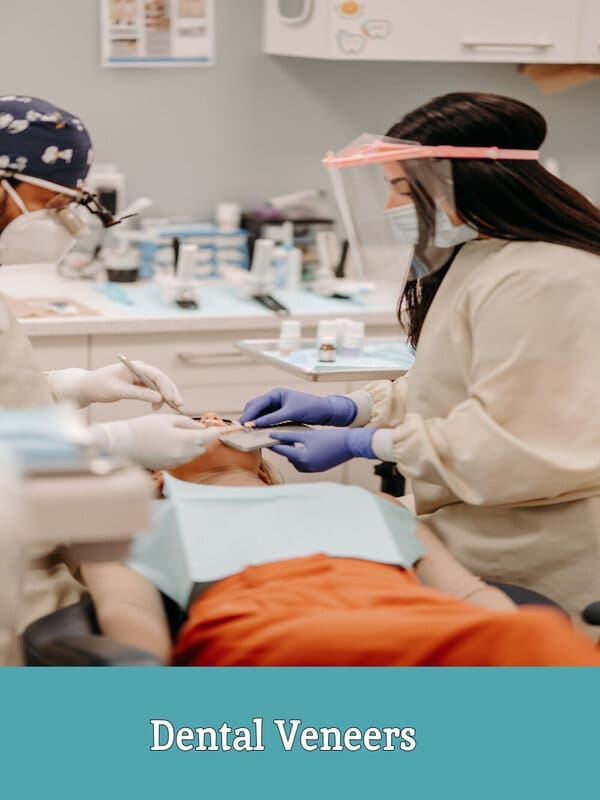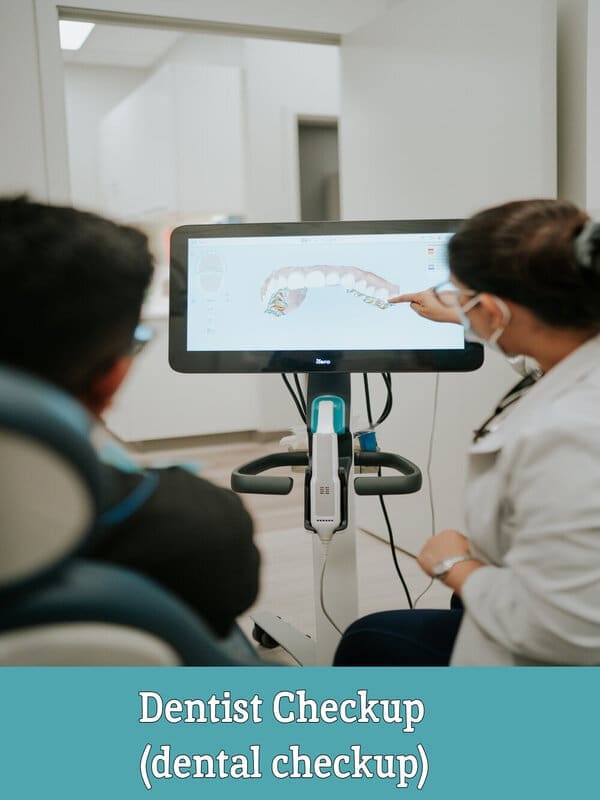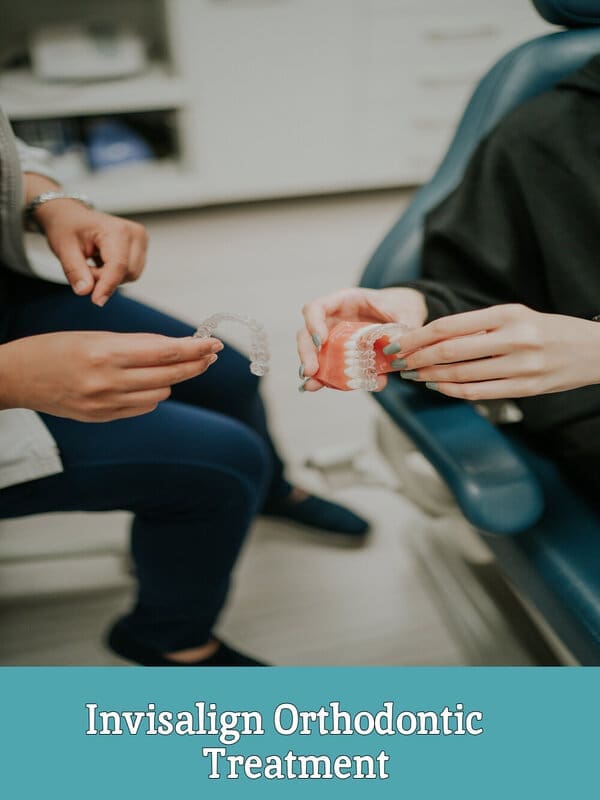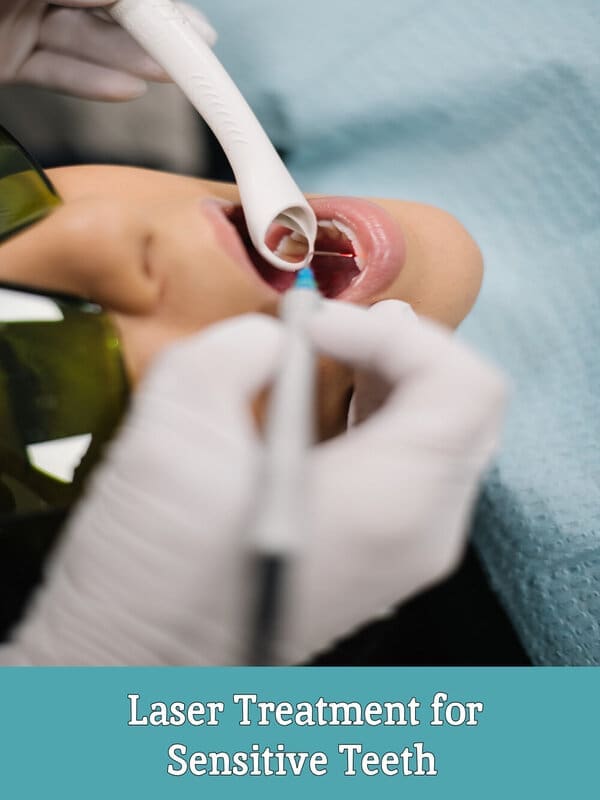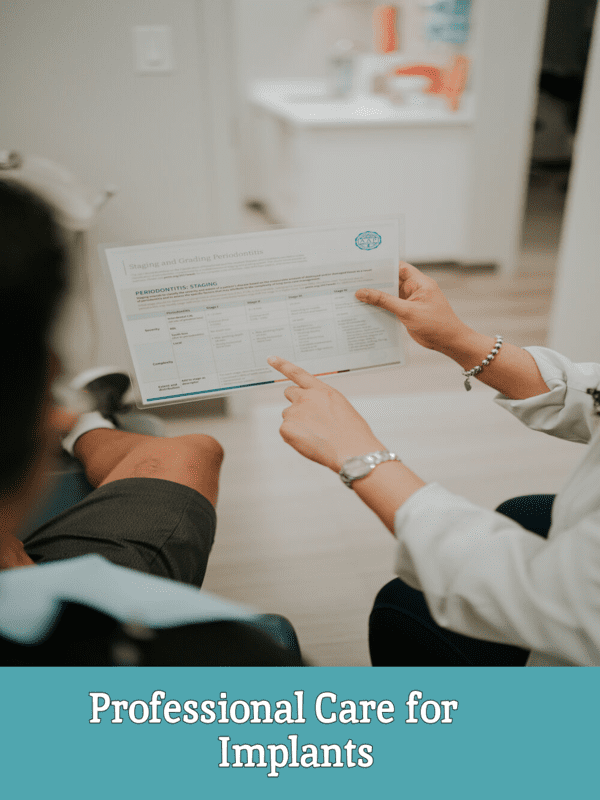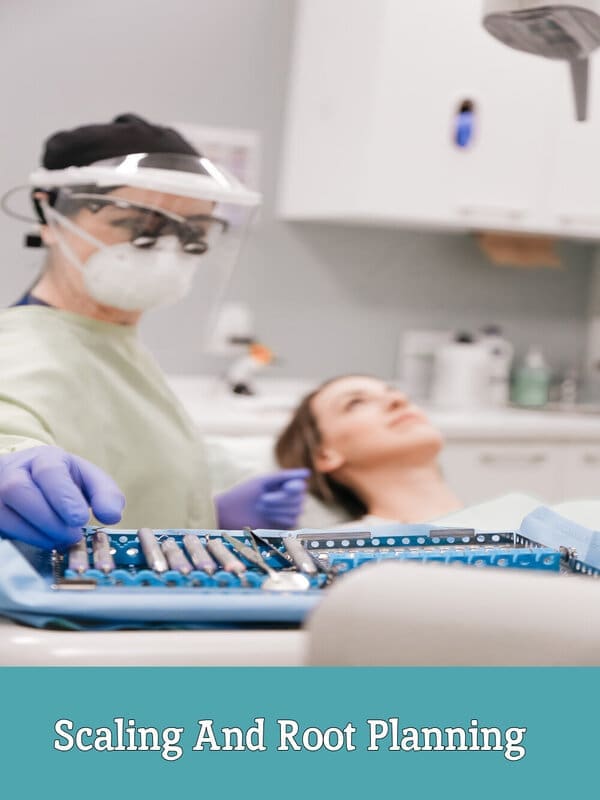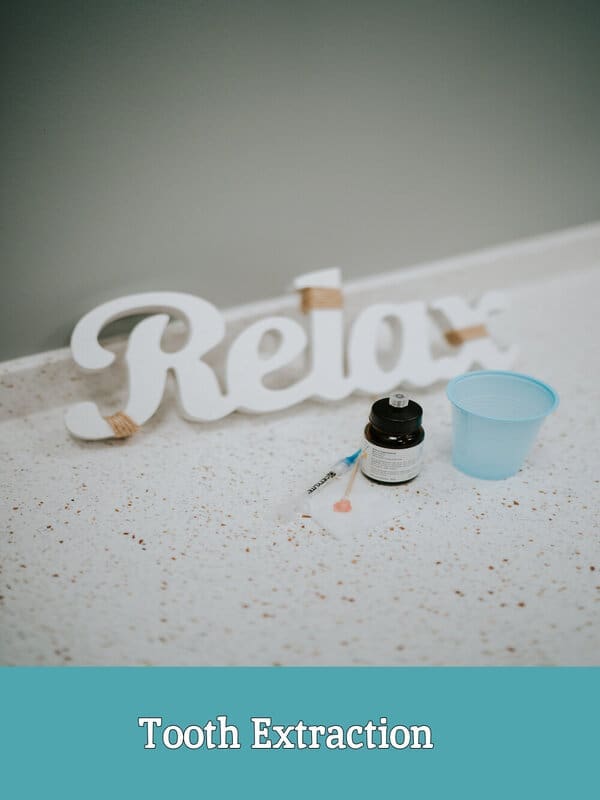Digital Dental X-rays and Examination
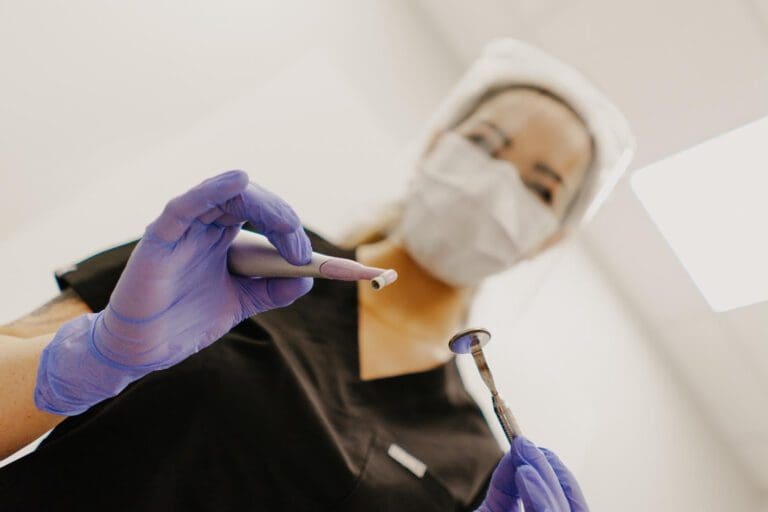
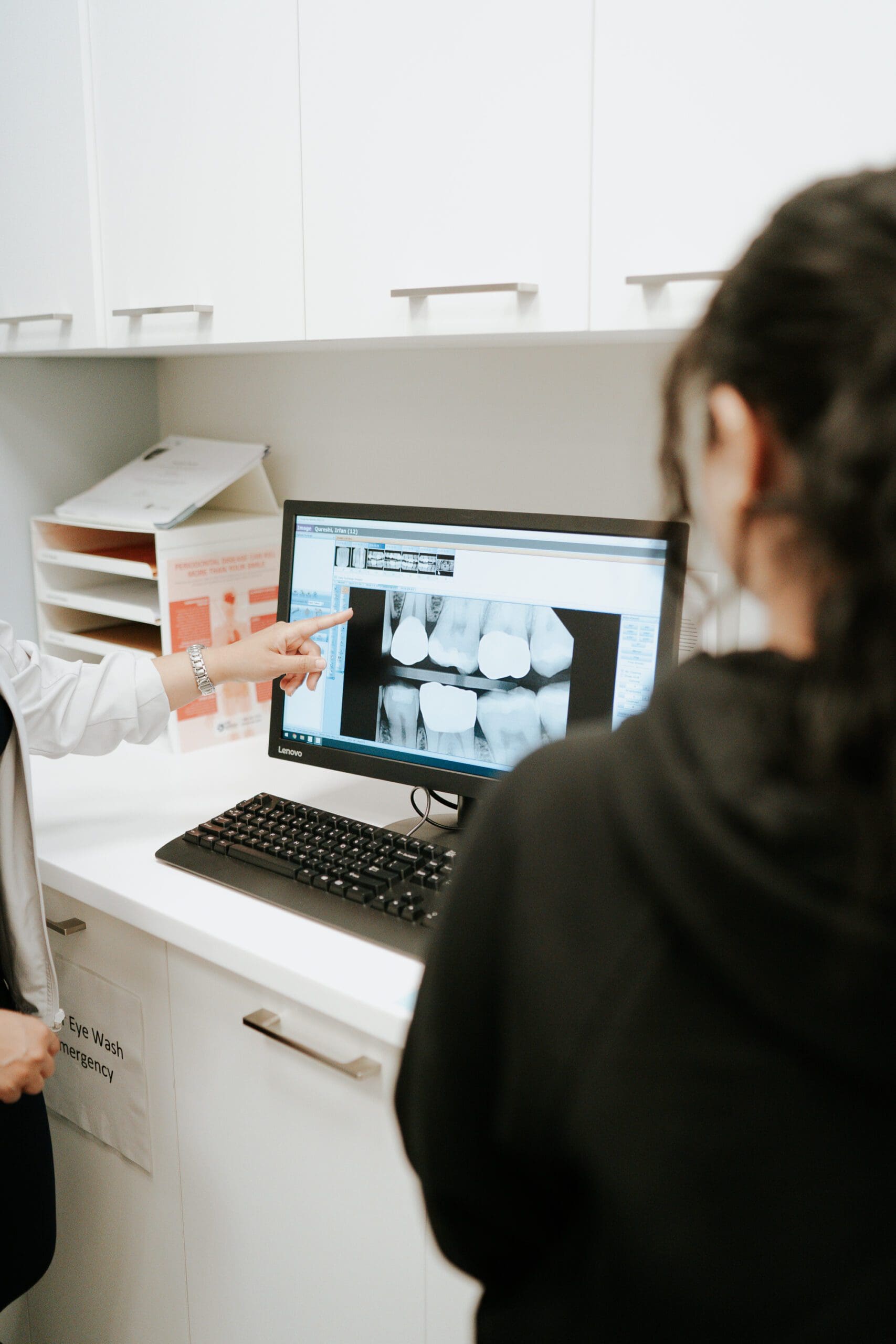

What are dental X-rays?
Dental X-rays, also known as radiographs, provide detailed internal images of your upper and lower teeth, periodontal structure and jaws. They are a valuable tool that dentists use to investigate structures that may not be visible during a regular dental check-up.
Dental X-rays reveal essential information about your jawbone, nerve pathways, sinuses, and the roots of your teeth.
Dental X-rays are one of the best oral health tools we have to really see issues in the teeth, like tooth decay, gum disease and potentially any bone loss. Are dental x-rays safe? Yes they are and at Clean Smiles we love helping people with their oral health and overall wellbeing


What happens at a dental X-ray consultation?
Preparation: A lead apron will be given to a patient to protect them against radiation exposure. Appropriate dental equipment is selected.
Positioning: The X-ray machine is positioned to capture images (digital dental x-rays) of the specific area of interest in the mouth.
X-ray exposure: A small film or sensor is placed around the area to be examined. The X-ray machine is activated to achieve the image.
Image capture: The X-ray images are quickly digitally captured and shown on a computer screen in seconds.
Image analysis: Dentists analyze the digital X-rays to detect problems in detnal care such as cavities, infections, bone abnormalities, or impacted teeth.
Digital X-rays:
Preparation: A lead apron will be given to a patient to be protected against radiation exposure. Appropriate dental equipment is selected.
Positioning: The X-ray machine is positioned to capture images of the specific area of interest in the mouth.
X-ray exposure: A small film or sensor is placed around the area to be examined. The X-ray machine is activated to achieve the image.
Image capture: The X-ray images are quickly digitally captured and shown on a computer screen in seconds.
Image analysis: Dentists analyze the digital X-rays to detect problems such as cavities, infections, bone abnormalities, or impacted teeth.


Dental Examination:
Medical history: The dentist reviews the patient’s medical history during the dental oral x-rays consultation.
Intra oral examination: Examination of the mouth’s internal structures, including teeth, gums, soft tissues, tongue, and the palate, to diagnose dental health and oral health conditions will be done.
Visual inspection: The dentist visually examines the patient’s mouth, gums, and teeth for signs of decay, damage, or abnormalities.
Dental instruments: Specialized tools like probes and mirrors are used to assess the dental health of teeth and gums.
X-rays: If necessary, digital X-rays are taken to get a more detailed view of dental issues.
Gum health: The dentist checks for gum disease, assessing factors like gum color, bleeding, and pocket depth.
Bite and alignment: The dentist evaluates the patient’s bite and tooth alignment, looking for issues like misalignment or bite problems. A digital scan will be taken at this step of the exam.
Oral cancer screening: A thorough examination includes a check for signs of oral cancer, such as unusual lumps or sores.
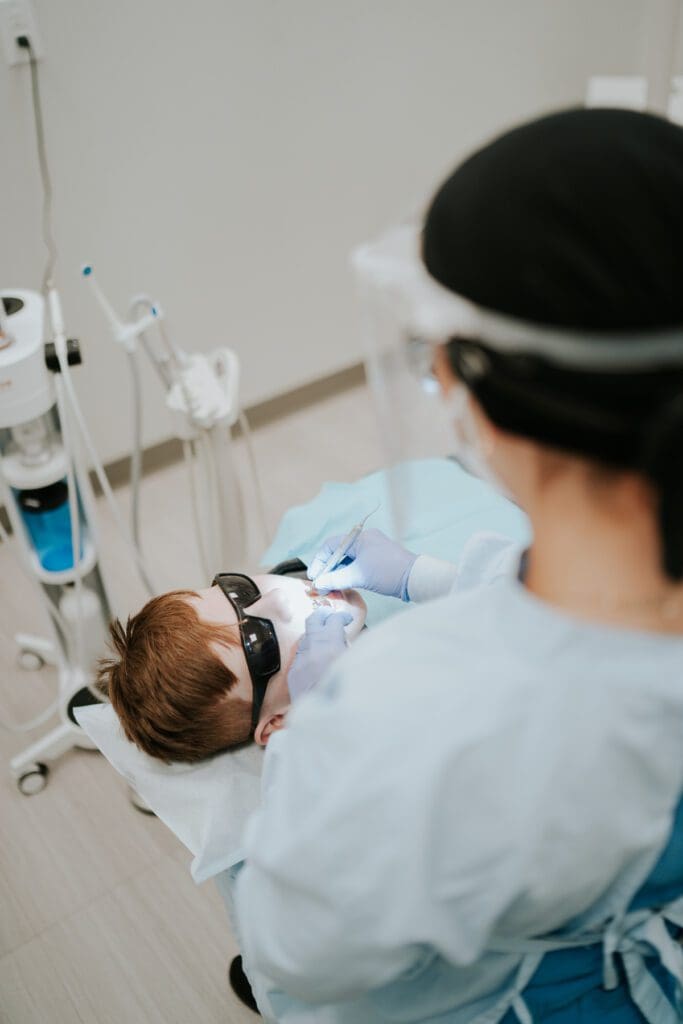

Dental X-Ray Clinic FAQ
How Much Do Dental X Rays Cost In Canada?
The cost of dental X-rays in Canada can vary based on several factors. These factors include the type of X-ray, the province or territory where you receive the service, and whether you have dental insurance. In Alberta, dental fee guidelines are provided by the Alberta Dental Association, which states that X-rays can cost anywhere between $30-110. At Clean Smiles Dental Hygienist Clinic, we always follow the Alberta dental fee guide to ensure pricing transparency and affordable services.
If you need financial help for your services, you can also check out our unique Clean Smiles for Community Program, specifically made to help make dental care accessible to everyone.
When Do You Need A Wisdom Teeth Xray?
Dental professionals may recommend a wisdom teeth X-ray (panoramic or periapical) for various reasons, including:
- Assessment of Impaction: Wisdom teeth, also known as third molars, often emerge impacted, meaning they do not fully come through the gumline. Dental x-rays can help determine the position and orientation of the teeth, whether they are impacted, and if they are causing any issues.
- Monitoring Growth: If your teeth have not yet fully erupted, dental x-rays can be used to monitor their development and assess whether they might cause future problems.
- Detection of Issues: Dental x-rays can reveal potential problems such as cysts, tumors, or infections associated with these teeth. Detecting these issues early can aid in planning for necessary treatments.
- Evaluation of Surrounding Structures: A wisdom tooth can sometimes exert pressure on an adjacent tooth, causing misalignment or damage. Dental x-rays can provide a comprehensive view of the surrounding structures, helping to assess the potential impact on neighboring teeth.
- Pre-surgical Planning: If it is determined that extraction is necessary, dental X-rays can assist in planning the surgical procedure by providing detailed information about the position of the teeth, roots, and nearby structures.
- Assessment of Pain or Discomfort: If you are experiencing pain or discomfort in the back of your mouth, dental X-rays can help identify the cause.
It’s important to note that the decision to take dental X-rays, is based on individual cases and the assessment of a dental professional. They will consider factors such as your dental history, symptoms, and clinical examination to determine if dental X-rays are necessary and what type of dental X-ray may be most appropriate for your situation. If you have concerns it’s advisable to consult with a dentist for a personalized evaluation.
How Often Should Dental X-rays be Updated?
The frequency of dental X-rays varies depending on the individual’s oral health status, age, risk for disease, and the presence of any symptoms or ongoing dental treatments. Here are general guidelines:
- Adults with Good Oral Health: For adults without recent dental or gum disease, X-rays might be needed every 24 to 36 months.
- Adults with History of Gum Disease or Cavities: More frequent X-rays, possibly every 6 to 18 months, are recommended due to the higher risk of new dental problems.
- Children: Since children’s teeth and jaws are still developing and they are more likely to be affected by tooth decay, X-rays might be taken more frequently, typically every 6 to 12 months.
Dental professionals tailor X-ray schedules to individual needs, based on a review of the patient’s medical and dental history, a dental exam, signs and symptoms, age considerations, and risk for disease.
What are Intraoral X-rays?
Intraoral X-rays are the most common type of dental X-ray taken. These dental X-rays provide a lot of detail and allow dentists to find cavities, check the health of the tooth root and bone surrounding the tooth, assess the status of developing teeth, and monitor the general health of your teeth and jawbone. They can also see dental implants, periodontal disease and dental disease. Here’s how they work:
Types of Intraoral X-rays
Bitewing X-rays show details of the upper and lower teeth in one area of the mouth. Each bitewing shows a tooth from its crown to about the level of the supporting bone. Bitewings are used primarily to check for decay between teeth and to show how well the upper and lower teeth line up. They also show bone loss when severe gum disease or a dental infection is present.
Periapical X-rays show the entire tooth—from the crown, through the tooth root, and into the bone that supports the tooth. These X-rays are used to find dental problems below the gum line or in the jaw, such as impacted teeth, abscesses, cysts, tumors, and bone changes linked to some diseases.
Occlusal X-rays track the development and placement of an entire arch of teeth in either the upper or lower jaw.
Usage
These dentall X-rays are invaluable in providing detailed images necessary for precise diagnosis and treatment planning in dentistry. They are typically used during routine dental check-ups to monitor the health of the teeth and bone and to identify problems early before they become more serious.
Dental x-ray services in Edmonton
If you experience any sort of pain or swelling in your teeth or gums that’s when you need to get it checked. If you are looking for a good dental clinic, clean smiles dental hygiene clinic, Edmonton North has professional dentists who will thoroughly examine your oral health, guide and treat you accordingly. Call us at 780 800 6655 or book online.
Other services
Book Your Appointment
We will contact you shortly to schedule your appointment


